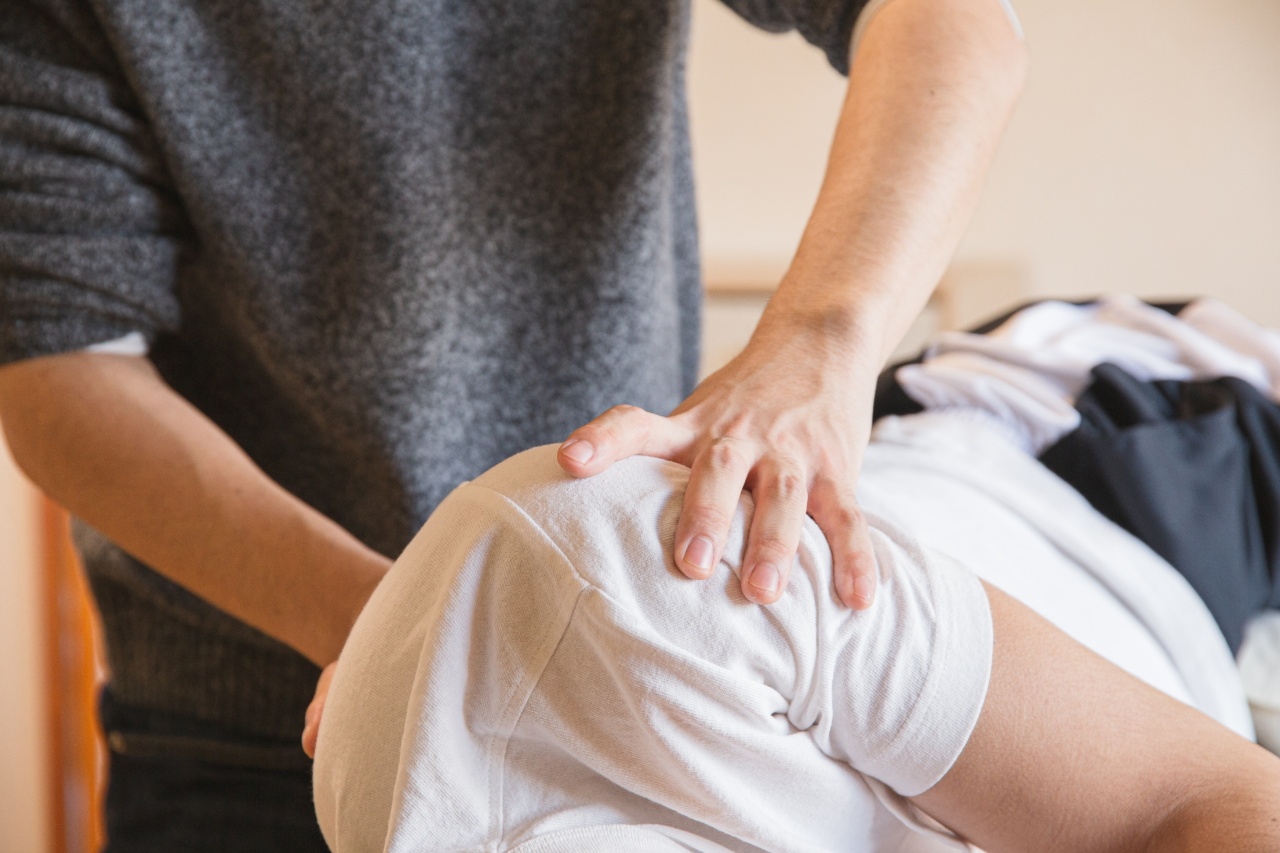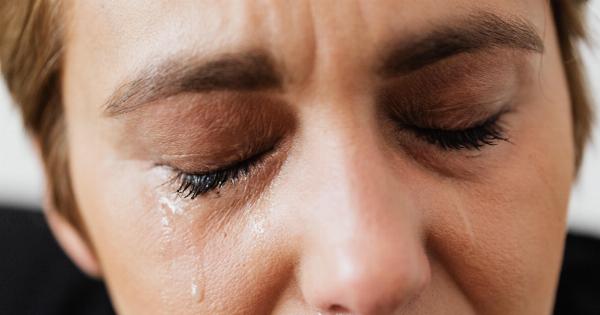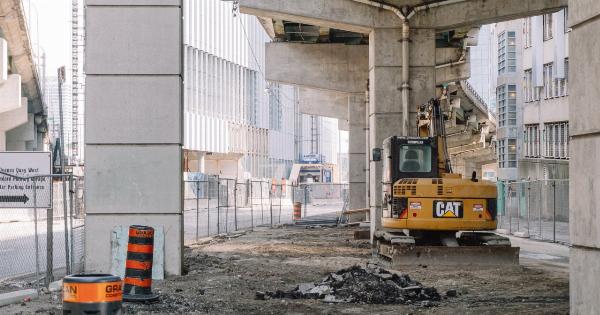Midsection pain can be a distressing and debilitating condition that affects individuals of all ages. It can significantly impact one’s quality of life and hinder daily activities.
Identifying the root cause of midsection pain is crucial in order to effectively manage and treat the condition. In many cases, midsection pain can be attributed to problems with either the spine or the hips.
This comprehensive guide aims to provide you with the necessary information to differentiate between spine and hip-related midsection pain, enabling you to seek appropriate medical attention and find relief.
Understanding the Spine and Hips
Before delving into the specifics of spine and hip problems, it’s crucial to understand the basic structure and function of these areas. The spine, also known as the vertebral column, is a crucial component of the musculoskeletal system.
It comprises a series of vertebrae, which are small bones stacked on top of each other and separated by intervertebral discs. The spine not only provides structural support but also enables flexibility and range of motion.
On the other hand, the hips are the joints that connect the pelvis to the femur (thigh bone) and allow for mobility and stability. They are ball-and-socket joints, which means that they have a wide range of motion.
The hip joints bear a significant amount of weight and are involved in various movements, including walking, running, and sitting.
Signs and Symptoms of Spine Problems
Spine-related midsection pain can manifest in a variety of ways. Here are some common signs and symptoms that may indicate a spine problem:.
1. Back pain: Intense or persistent pain in the lower back, upper back, or along the spine can indicate spine-related issues.
2. Radiating pain: Pain that radiates from the back down to the buttocks, thighs, or legs is a hallmark of conditions like herniated discs or sciatica.
3. Numbness or tingling: Pins and needles sensation, numbness, or weakness in the arms or legs can be associated with nerve compression or irritation caused by spine problems.
4. Limited mobility: Difficulty bending, twisting, or performing day-to-day activities due to stiffness or pain in the spine can be indicative of spinal issues.
5. Muscle weakness: Weakness in the arms, legs, or core muscles can result from nerve impairment due to spinal problems.
Common Spine Problems
Several conditions can lead to midsection pain arising from the spine. Here are some commonly encountered spine problems:.
1. Herniated discs: A herniated disc occurs when the soft center of a vertebral disc protrudes through a crack in the outer layer, potentially compressing nearby nerves and causing midsection pain.
2. Degenerative disc disease: This condition involves the gradual deterioration of the intervertebral discs, leading to midsection pain and reduced mobility.
3. Spinal stenosis: Spinal stenosis refers to the narrowing of the spinal canal, leading to compression of the spinal cord or nerves and resulting in midsection pain.
4. Spondylolisthesis: This condition occurs when one vertebra slips forward over the one below it, causing midsection pain and potentially compressing the nerves.
5. Scoliosis: Scoliosis is an abnormal curvature of the spine, often causing midsection pain and postural issues.
Signs and Symptoms of Hip Problems
Hip-related midsection pain can present itself differently from spine-related pain. Here are some indications that the pain may originate from the hips:.
1. Groin pain: Discomfort or pain in the inner thigh or groin area is a common symptom of hip problems.
2. Hip joint pain: Pain specifically felt in the hip joint or the front of the hip may suggest hip-related issues.
3. Limited range of motion: Difficulty in performing movements like lifting the leg, squatting, or crossing the legs can be caused by hip problems.
4. Stiffness: Hip stiffness, particularly after periods of inactivity or prolonged sitting, is a common symptom of hip-related midsection pain.
5. Clicking sound: Audible clicking, grinding, or popping sounds in the hips during movement may indicate underlying hip issues.
Common Hip Problems
Various conditions can give rise to midsection pain originating from the hips. Here are some frequently encountered hip problems:.
1. Osteoarthritis: Also known as degenerative joint disease, osteoarthritis involves the breakdown of cartilage within the hip joint, leading to pain and reduced mobility.
2. Hip bursitis: Inflammation of the bursae, small fluid-filled sacs that cushion the hip joint, can cause midsection pain.
3. Hip labral tear: The labrum is the ring of cartilage that surrounds the hip socket. Tears or injuries to the labrum can result in hip pain.
4. Hip impingement: This condition occurs when there is abnormal contact between the ball-shaped head of the femur and the hip socket, leading to hip pain and limited motion.
5. Snapping hip syndrome: Also known as dancer’s hip, it involves a snapping sensation or sound around the hip joint during movement, which can cause midsection pain.
Determining the Cause of Midsection Pain
Proper diagnosis from a medical professional is fundamental in identifying whether the midsection pain is related to the spine or the hips. The healthcare provider may employ various diagnostic techniques, including:.
1. Physical examination: A thorough physical examination can help determine the source and nature of the pain, allowing the healthcare provider to narrow down the possible causes.
2. Imaging tests: X-rays, magnetic resonance imaging (MRI), or computed tomography (CT) scans can provide detailed images of the spine or hips, aiding in diagnosis.
3. Blood tests: Certain blood tests can help rule out underlying medical conditions that may contribute to midsection pain.
4. Electrodiagnostic studies: These tests may be employed to evaluate nerve function and identify potential nerve compression or damage in spine-related midsection pain.
Treating Spine or Hip Problems
The appropriate treatment for midsection pain depends on the underlying cause, which in this case is either spine-related or hip-related. Common treatment options include:.
1. Physical therapy: Targeted exercises and physical therapy techniques can help strengthen muscles, improve flexibility, and reduce pain in both spine and hip-related conditions.
2. Medications: Pain relievers, anti-inflammatory drugs, or muscle relaxants may be prescribed to alleviate midsection pain and reduce inflammation.
3. Injections: In some cases, corticosteroid injections may be administered directly into the spine or hip joint to reduce inflammation and provide temporary pain relief.
4. Surgery: In more severe cases or when conservative treatments fail to provide relief, surgical intervention may be necessary. Spine surgeries such as laminectomy or discectomy and hip surgeries like hip replacement or labral repair can be considered.
Preventing Midsection Pain
While not all midsection pain can be prevented, there are measures you can take to reduce the risk of developing spine or hip-related issues:.
1. Maintain a healthy weight: Excess weight puts additional stress on the spine and hips, increasing the risk of pain and degenerative conditions.
2. Engage in regular exercise: Strengthening the core muscles, back muscles, and hip muscles through regular exercise can provide support and stability, reducing the chances of developing pain.
3. Practice good posture: Maintaining proper posture while sitting, standing, and engaging in activities can minimize strain on the spine and hips.
4. Use proper lifting techniques: When lifting heavy objects, use your legs, not your back, to prevent straining the spine and hips.
5. Take breaks during prolonged sitting: If you have a desk job or spend long hours sitting, taking breaks, stretching, and changing positions frequently can alleviate strain on the spine and hips.
By recognizing the signs, understanding the common problems, and knowing the treatment options, you can play an active role in managing midsection pain involving the spine or hips.
Seeking early medical attention and adopting preventive measures can significantly improve your well-being and help you lead a pain-free life.




























